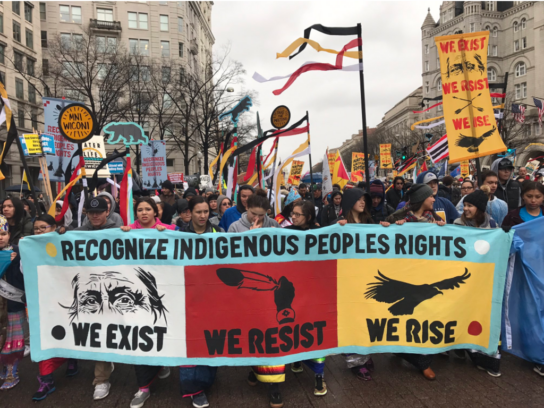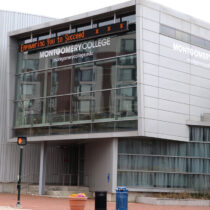
Montgomery County celebrates the second annual observation of Indigenous Peoples Day on the second Monday of the month, Oct. 10.
Bridget Newton, the Mayor of Rockville, released a proclamation on Oct. 4, recognizing the day to celebrate indigenous heritage and resiliency amid the destruction of native communities during colonization. “Indigenous Americans experienced conquest, enslavement, displacement and disease, which decimated the population,” it stated.
“Recognizing Indigenous Peoples Day serves as a reminder to reflect on the native people who were here before us and their descendents.”
Montgomery County was historically inhabited by several Native American tribes including the Accohannock Indian Tribe, the Assateague Peoples Tribe, the Nause-Waiwash Band of Indians, the Piscataway Conoy Confederacy and Subtribes and the Cedarville Band of Piscataway Indians, the Pocomoke Indian Nation and the Youghiogheny River Band of Shawnee Indians, according to the Montgomery County racial equity and social justice committee.
At the time that European colonizers settled in what would become the states in the 17th century, the largest and most powerful tribe was the Piscataway Conoy Tribal Nation.
The Piscataway Nation, within the Algonquin Tribal family, inhabited the land between the Chesapeake Bay and Potomac River, making allies and trade deals with neighboring tribes and smaller bands within Conoy Nation to defend their ancestral lands, according to a Maryland government archive.
In combination with the incursions from the northern Susquehannock tribe, the American Revolution devastated Piscataway villages. By the 1800s, most Native Americans’ rights to their ancestral lands were stripped by the new system of government.
By the early 1800s, the complex system under the Piscataway Nation had crumbled. European settlers drove the majority of remaining Native Americans northwest and the Piscataway people largely disappeared.
Through all the turmoil, a small number of the tribe remained in southern Maryland, scattered among the towns and villages, no longer unified under one nation. Over the years, they gradually assimilated into the local lifestyle, living mundane, rural lives.
Although they still identified as Piscataway, their traditions faded with time. They were regarded as outsiders in their own communities, neither white nor black, but something different and undefined. They faced a similar ostracization from the government, which for a long time did not have a census category for Native Americans, so they were counted as and considered “mulatto” or “negro.”
For decades, the Piscataway worked with the Maryland Commission on Indian Affairs for official recognition of their tribe, according to the Maryland Department of Natural Resources. Seeking access to federal funds for education, housing, public health and other programs, the Piscataway were looking for cultural acceptance from the system that had once almost snuffed them out.
Finally, in January 2012, an executive order officially recognized representatives and leaders as a distinct people with a history in Maryland dating back centuries. The tribe has since flourished in their relationship with the Maryland government to use parks of deep cultural significance for ceremonies, cultural education and interpretive programs.
On this day, the community acknowledges the thousands of tribal members in our community that were or are displaced from their own homelands and have moved to or from Montgomery County.


Comments are closed.